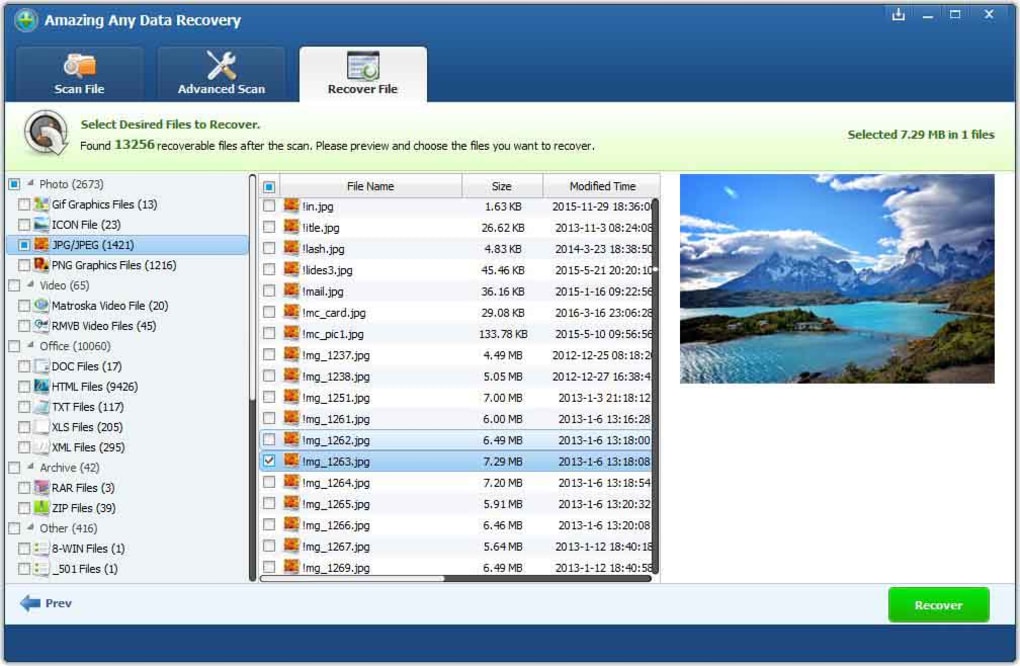



Recovery time objective, or RTO, is the longest amount of downtime you can afford. At a brokerage, where each trade could be worth millions, a trading system might have an RPO measured in seconds-or less. For example, the email system at a coffee shop might be able to tolerate a 24-hour RPO, whereas the email system at a hospital, a bank, or some other highly regulated business may require RPOs measured in minutes. RPOs will vary depending on the data, the application, the industry, or a combination of these and other factors. Recovery point objective, or RPO, is essentially the age of the oldest backup you can tolerate. Once you determine the types of data you need to back up, you have to determine how frequently you need to back it up and how quickly you need to be able to restore it-that is, you’ll need to determine the recovery point objective and recovery time objective for each data set or related application. Runtimes, including virtual machines (VMs) and containers.System data, including operating system (OS) and application configurations.Databases and any associated data structures, formats, tags, or metadata.In addition to files, there are certain of types of data you need to back up: For these device types, individual hard drives will have to be restored. Endpoint devices: These may include desktop and laptop computers, workstations, and tablet and mobile devices.Storage area networks (SANs) and other shared storage resources: This can include block, object, and file storage.Servers: Both on-premises physical servers and virtual or cloud-hosted servers may need to be backed up regularly or continuously.Your enterprise should, however, be prepared for any data loss that can disrupt critical business applications or operations, no matter what the cause.Ī comprehensive backup and recovery solution should be in place to protect every piece of data worth saving, wherever it resides. This article, however, will focus on enterprise data recovery.ĭata loss due to human error remains more prevalent than data destruction due to natural or man-made disasters or criminal activities such as ransomware attacks. Restoring data to a mobile device from a cloud-based backup, such as iCloud.Specialized services for physically recovering data from damaged disks.
Any data recovery software#
Software designed to ‘undelete’ files a user may have accidentally deleted by restoring system formatting to those files.The term ‘data recovery’ can also refer to the following: For any business, successful data recovery-data recovery that prevents a greater-than-tolerable loss of data or discontinuity of business due to loss of data-requires the business to have a backup and restore plan that meets specific data recovery objectives, usually as part of a larger disaster recovery plan. The more recent the backup copy, the more completely the data can be recovered in the event of loss or damage. Typically, the data is restored from a backup copy that is stored in another location. Enterprise data recovery is the process of restoring lost, corrupted, accidentally deleted, or otherwise inaccessible data to its server, computer, mobile device, or storage device (or to a new device if the original device no longer works).


 0 kommentar(er)
0 kommentar(er)
